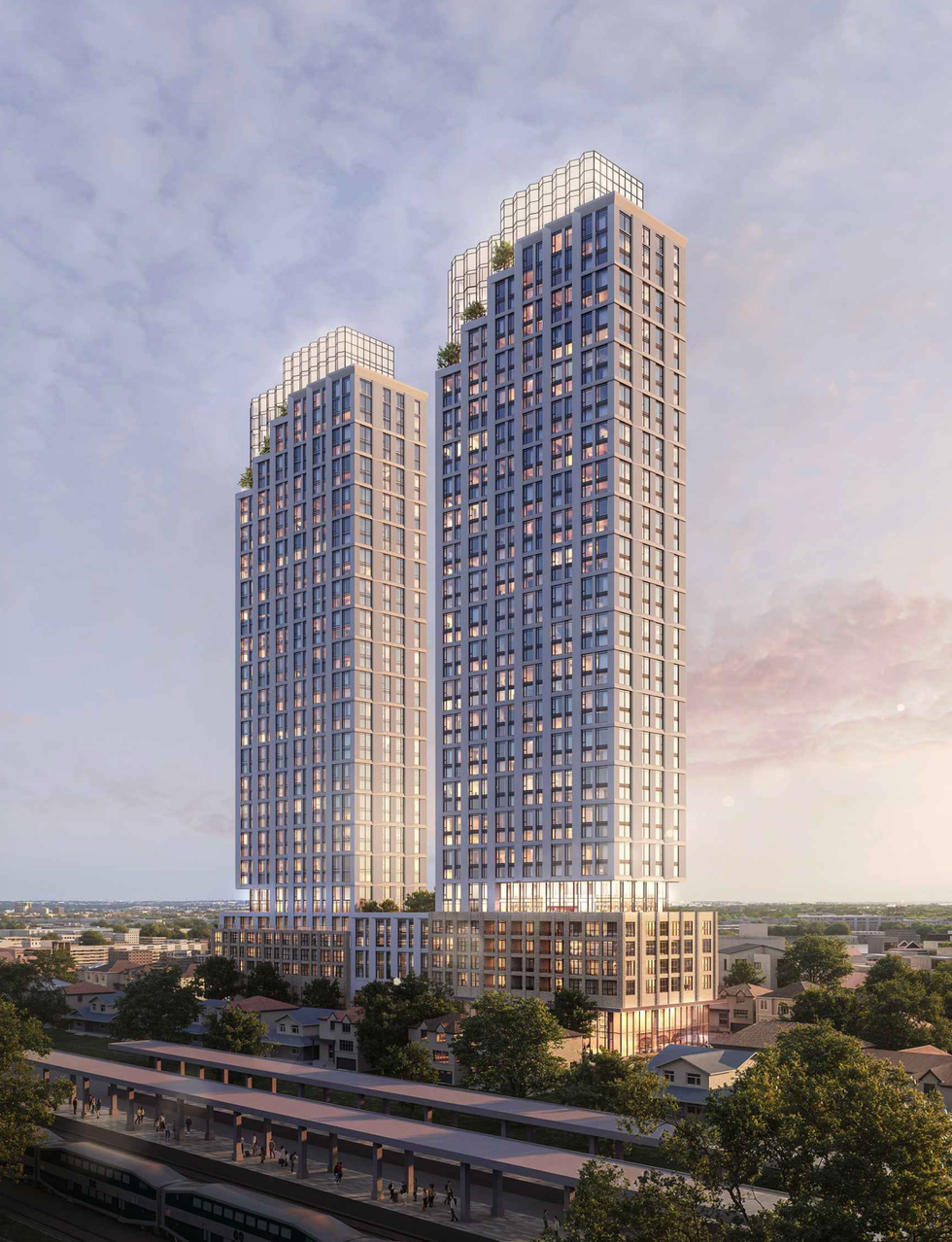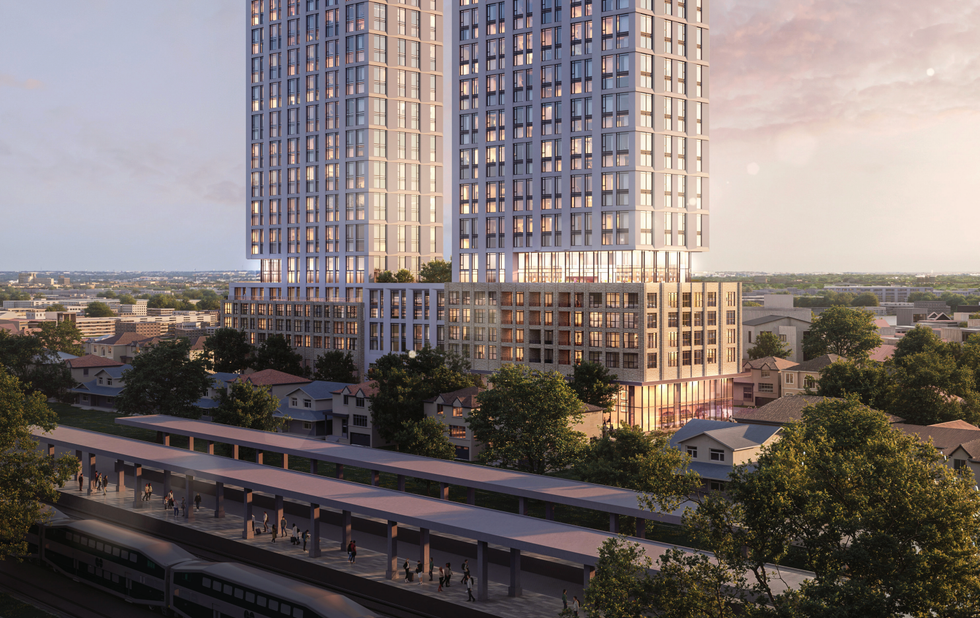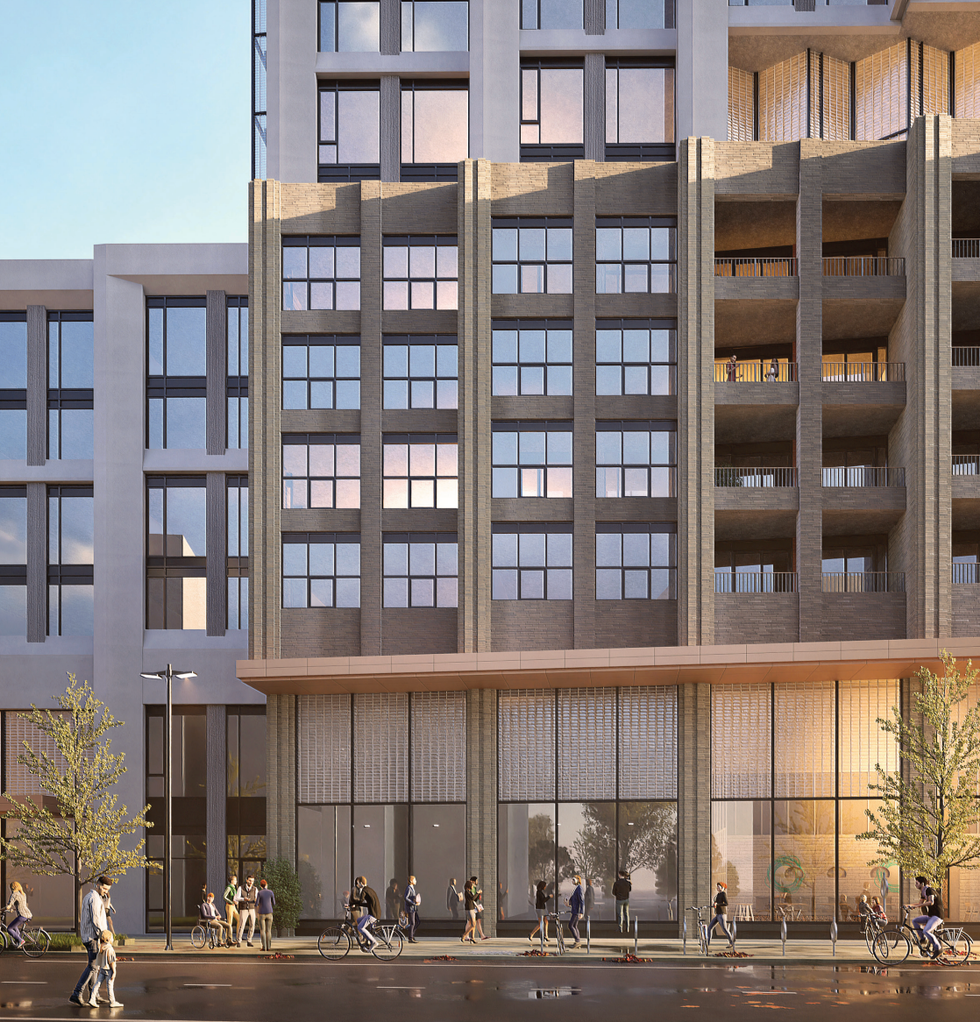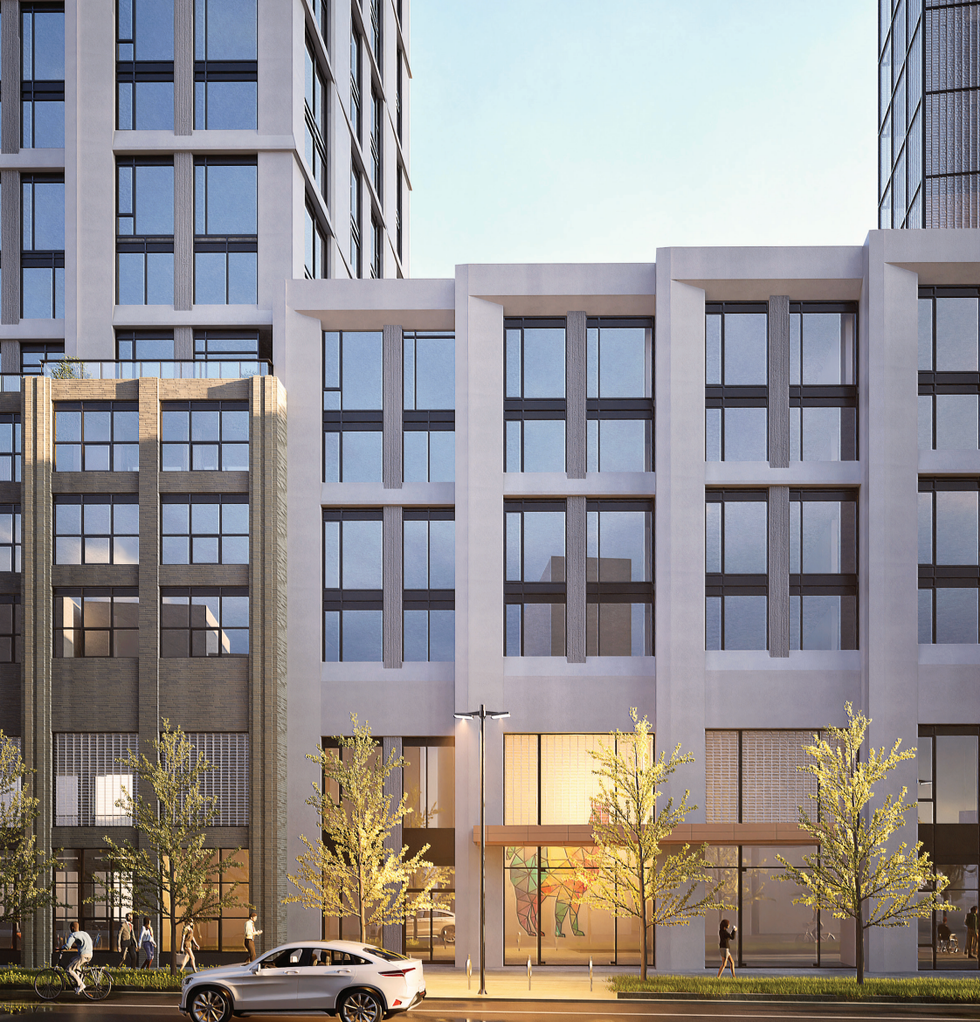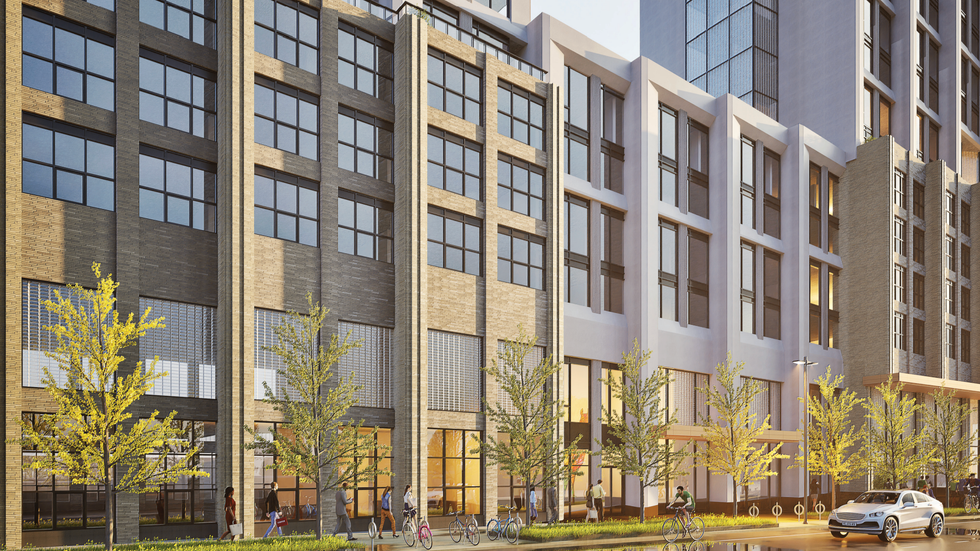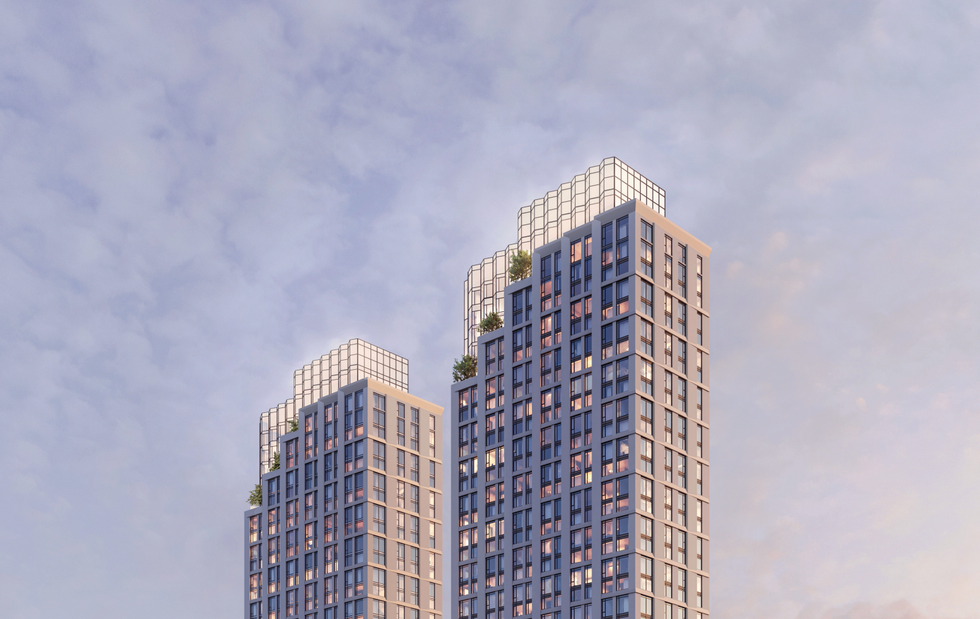Build-to-Suit
Understand build-to-suit in Canadian real estate — what it is, its benefits, and how it works for tenants and developers.

August 07, 2025
What is Build-to-Suit?
Build-to-suit is a real estate development strategy where a property is custom-built to meet the specifications of a tenant or buyer.
Why Build-to-Suit Matters in Real Estate
In Canadian commercial and industrial real estate, build-to-suit projects allow tenants to occupy customized facilities while developers secure long-term lease commitments.
Advantages:
- Tenants receive tailored property designs
- Developers reduce leasing risks
- Typically structured with long-term leases
Understanding build-to-suit arrangements helps tenants and developers align business and real estate objectives.
Example of Build-to-Suit in Action
A retail chain entered into a build-to-suit agreement for a flagship store designed to their specifications.
Key Takeaways
- Property built specifically for a tenant or buyer
- Reduces vacancy risk for developers
- Provides customized design for tenants
- Common in commercial and industrial sectors
- Usually involves long-term commitments






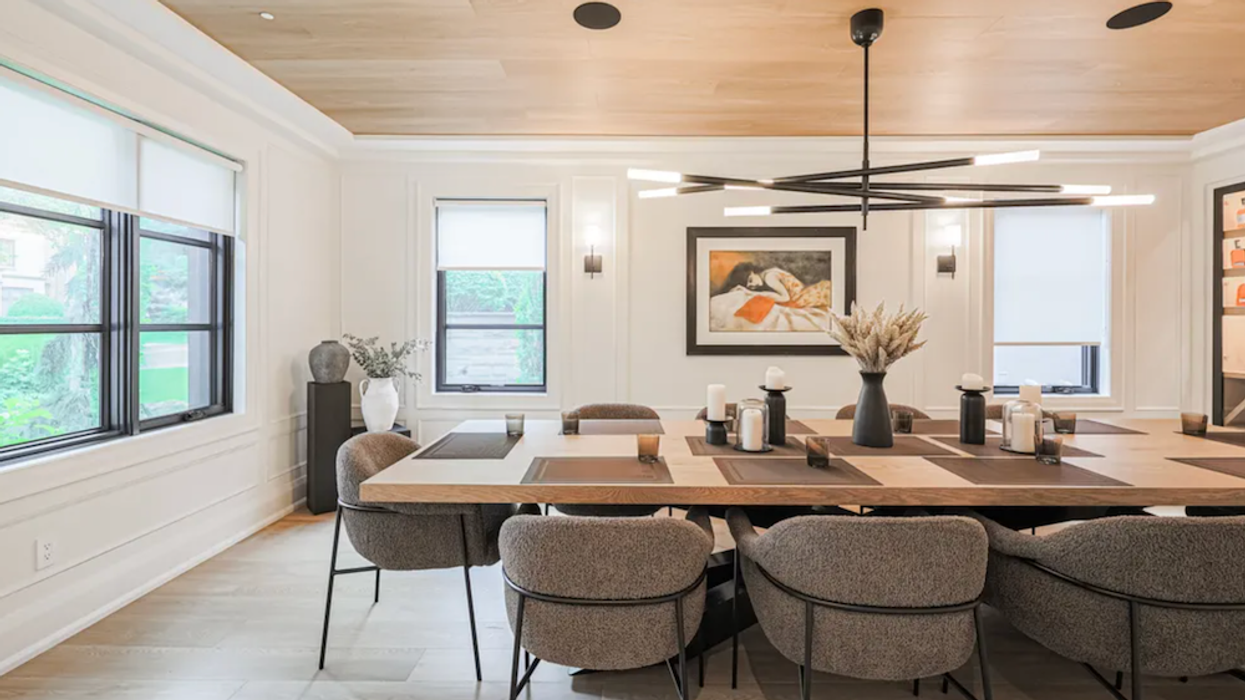
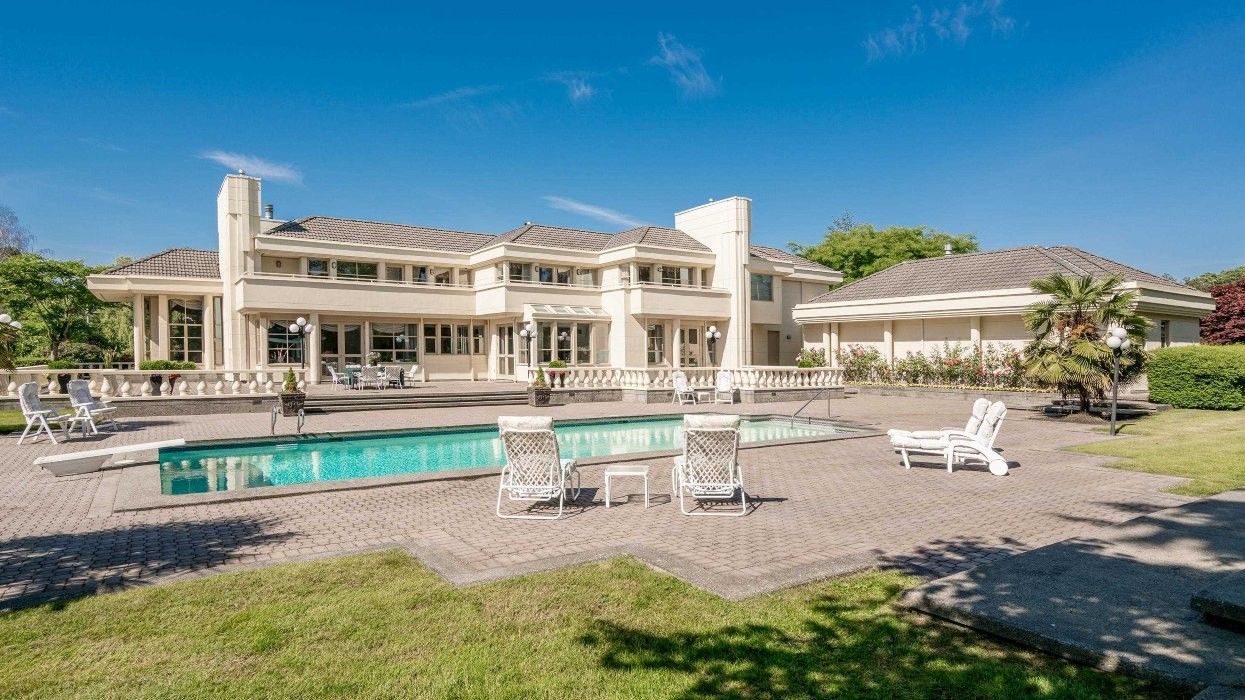


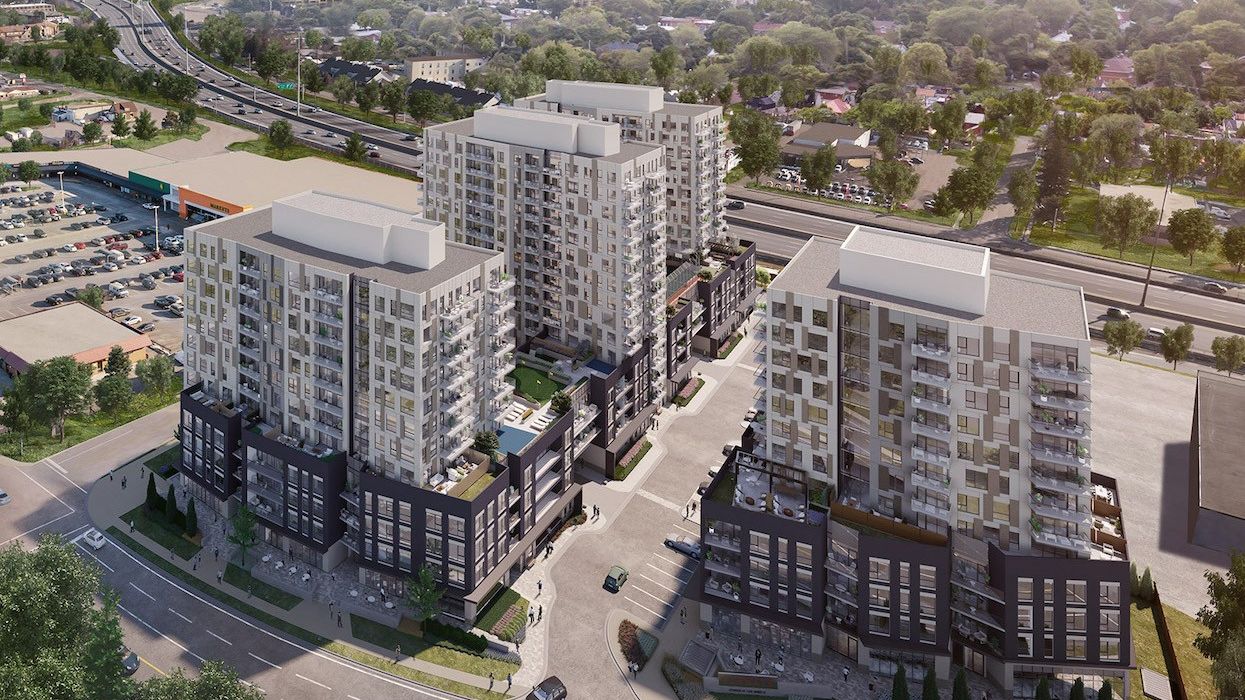


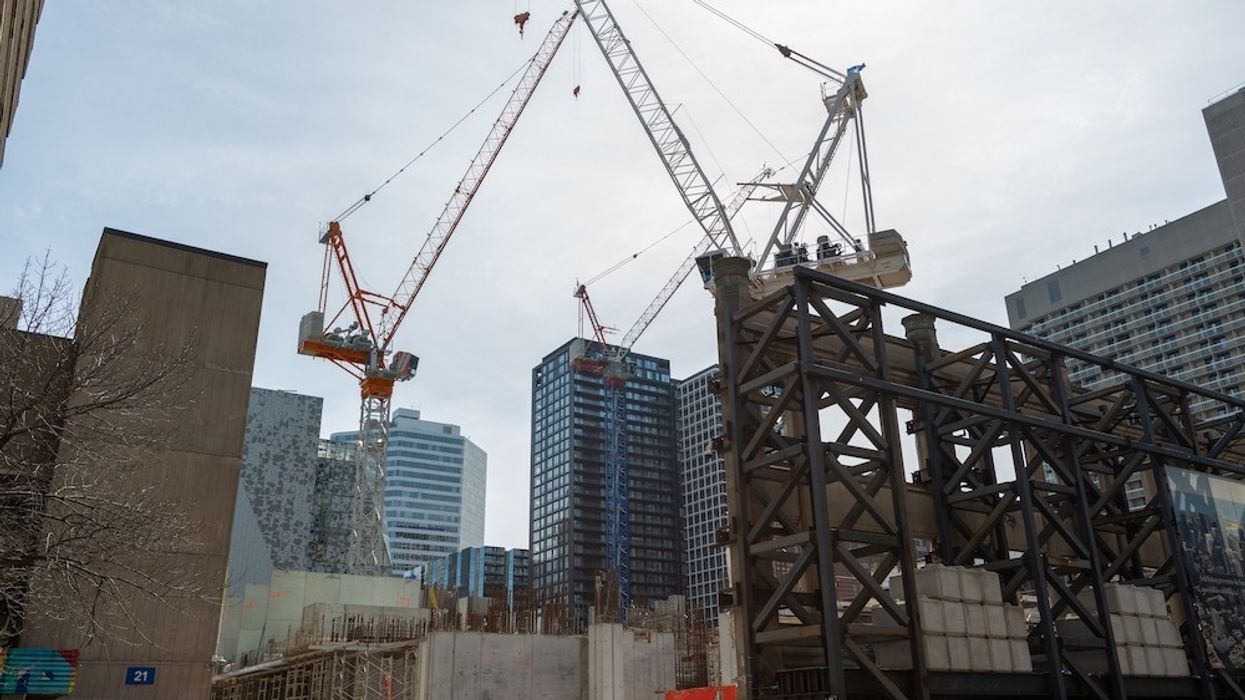
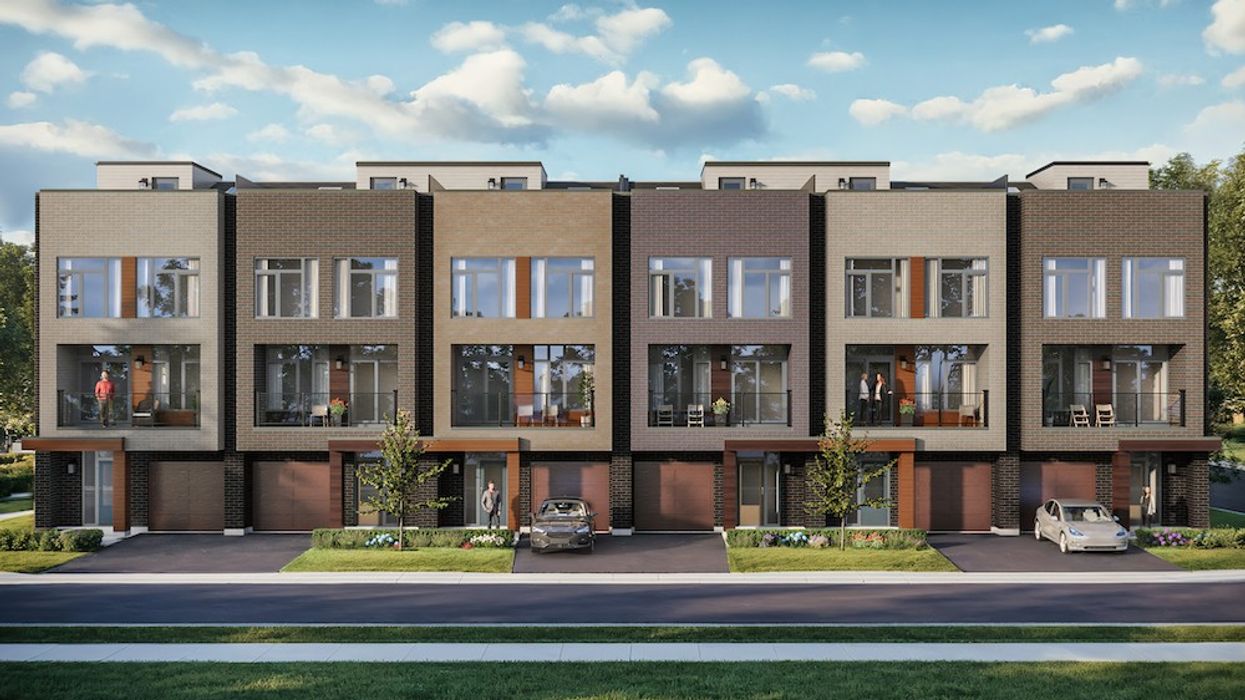
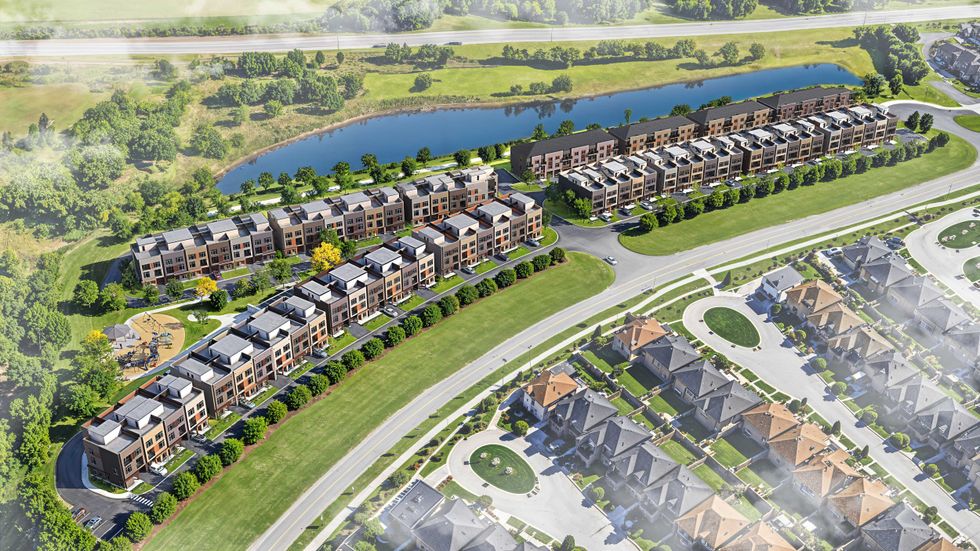 Camcos Living
Camcos Living Shutterstock
Shutterstock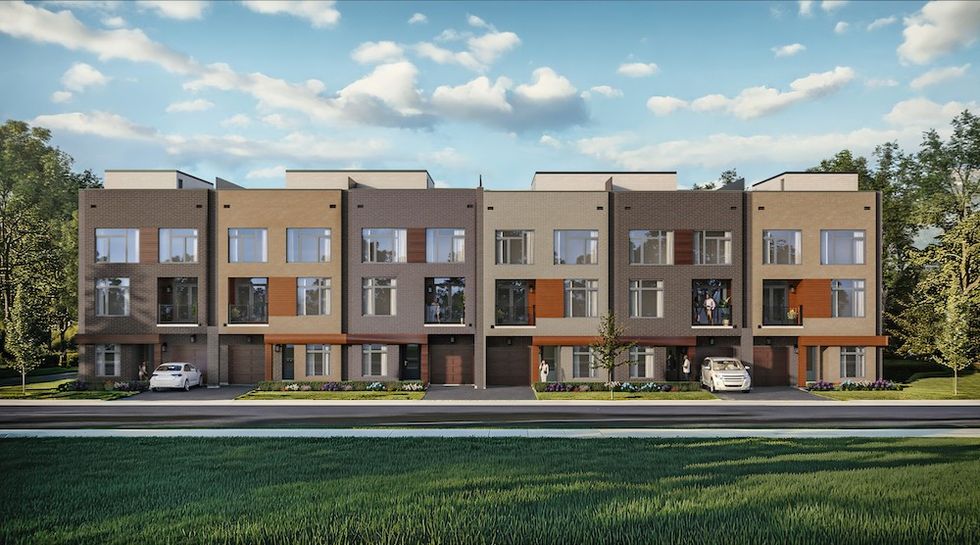 Little Rouge Block G/Camcos
Little Rouge Block G/Camcos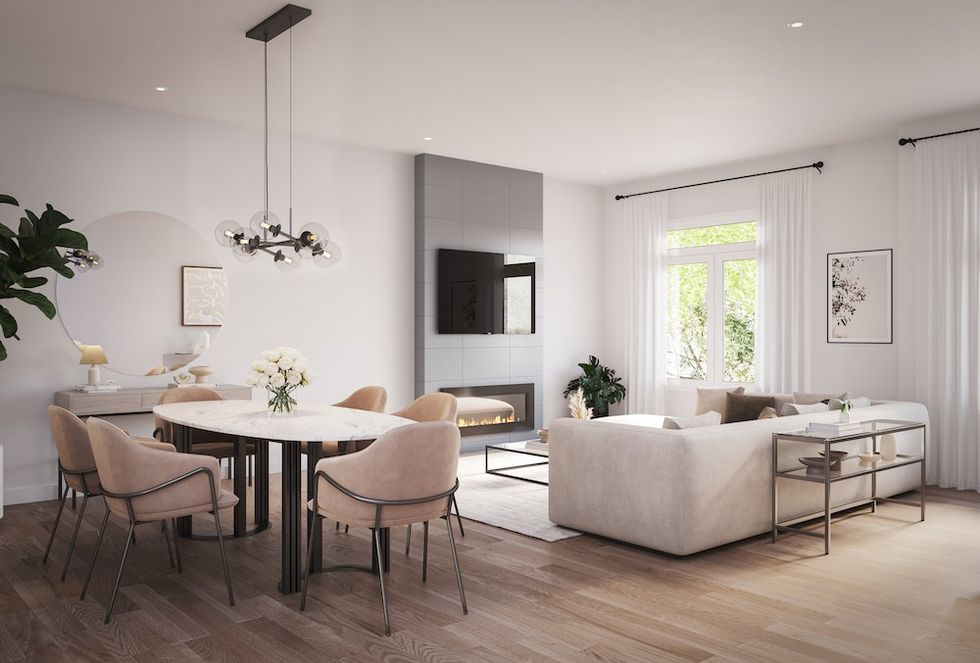 Camcos Living
Camcos Living Camcos Living
Camcos Living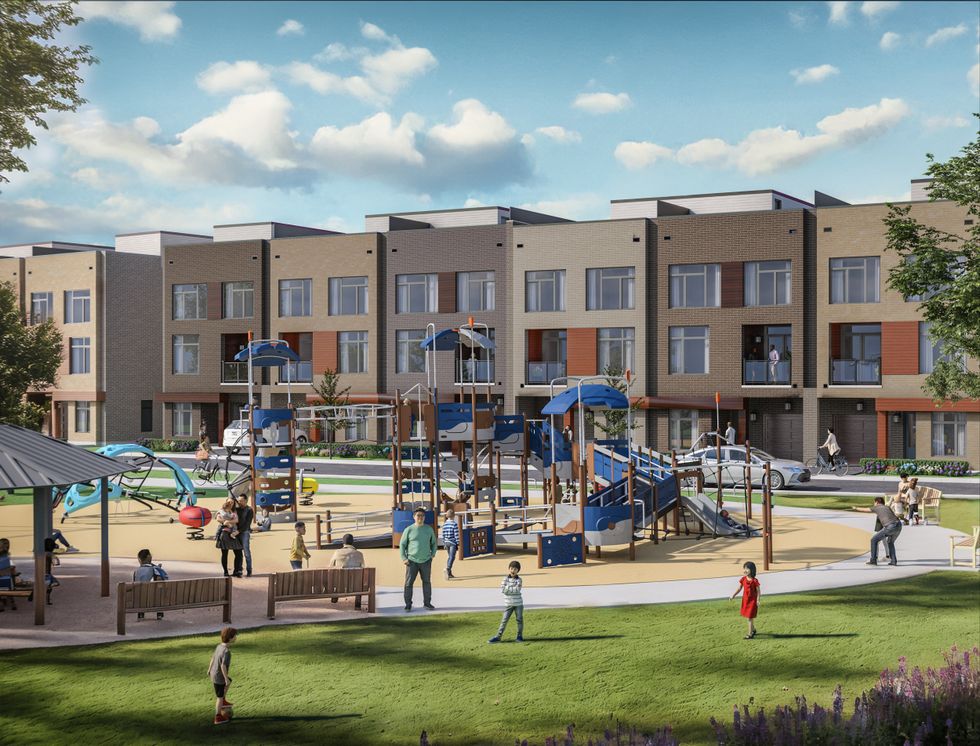 Camcos
Camcos

